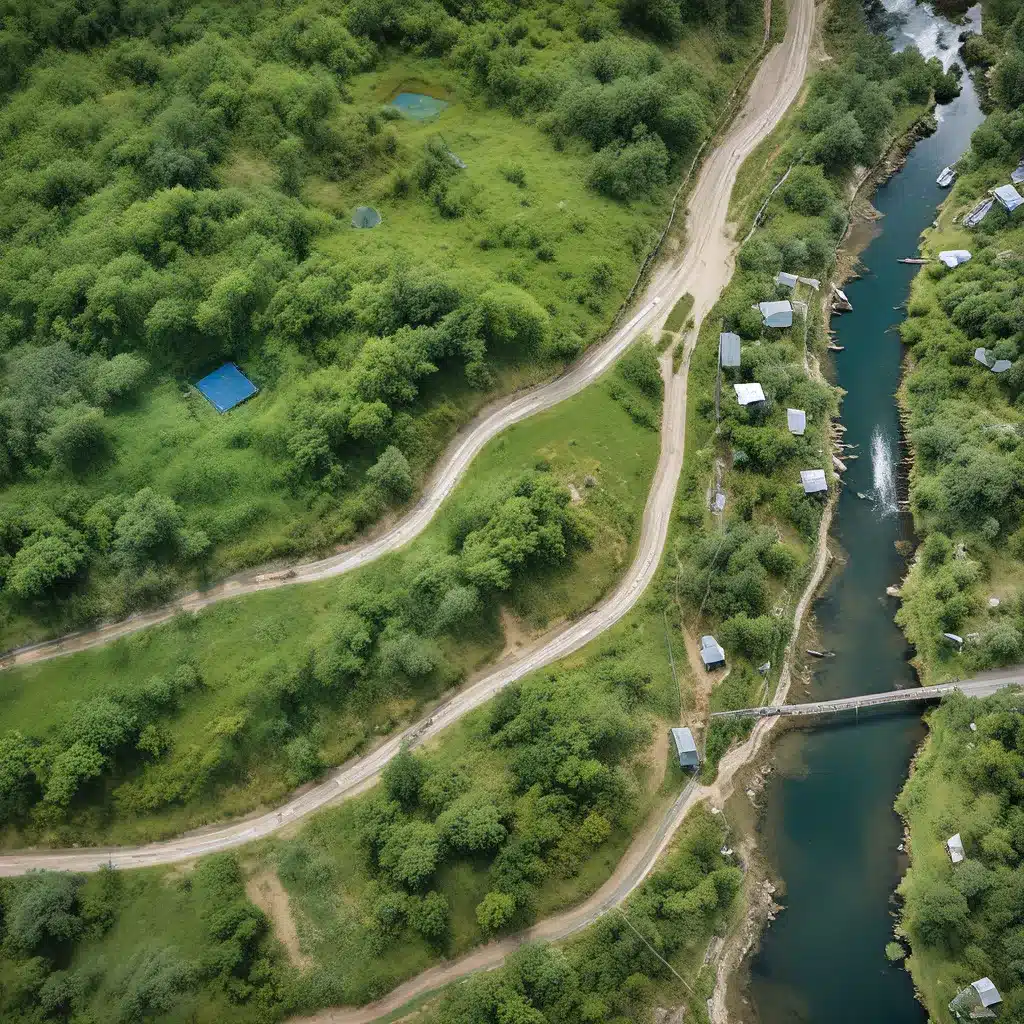
The Rise of Sensor Networks and IoT
Sensor networks and the Internet of Things (IoT) have revolutionized the way we collect, analyze, and leverage data from the physical world. These technologies have enabled us to monitor and understand complex environmental systems with unprecedented precision and scale.
As the world becomes increasingly interconnected, sensor networks have emerged as a critical enabler of real-time data gathering, automated decision-making, and proactive environmental management. By deploying a dense web of sensors across diverse landscapes, we can now gather a wealth of information about various environmental parameters, from air quality and water levels to wildlife behavior and natural resource utilization.
Sensor-driven environmental monitoring has become a powerful tool for researchers, policymakers, and industry stakeholders to uncover insights and make informed decisions that can improve sustainability, mitigate risks, and enhance the overall well-being of our planet.
Understanding Sensor Network Design
At the heart of effective environmental monitoring lies the thoughtful design and deployment of sensor networks. These systems must be tailored to the specific needs and challenges of the target environment, taking into account factors such as geography, climate, and the unique characteristics of the ecosystem.
Sensor node selection is a critical first step, as the choice of sensors and their sensing capabilities will determine the types of data that can be collected. Researchers must carefully evaluate the accuracy, resolution, and reliability of various sensor technologies to ensure the integrity of the data and its suitability for decision-making.
Network topology is another key consideration, as it dictates the flow of information and the overall efficiency of the system. Depending on the scale and complexity of the environment, different network architectures such as mesh, star, or hybrid topologies may be employed to optimize data transmission, minimize power consumption, and enhance resilience.
Energy management is a crucial aspect of sensor network design, as many remote or distributed deployments rely on limited power sources, such as batteries or solar panels. Innovative energy-harvesting techniques and power-efficient protocols are often implemented to prolong the operational lifespan of these systems and ensure uninterrupted data collection.
Deploying Sensor Networks for Environmental Monitoring
Once the network design is established, the actual deployment of sensors in the target environment poses its own unique challenges. Careful site selection, sensor placement, and installation methods are essential to ensure accurate data capture and reliable operation over extended periods.
In remote or inaccessible locations, the deployment of sensor networks may require the use of unmanned aerial vehicles (UAVs), autonomous underwater vehicles (AUVs), or other mobile platforms to access difficult-to-reach areas and establish the necessary infrastructure.
Sensor network security is another critical consideration, as these systems collect and transmit sensitive environmental data. Robust encryption protocols, secure communication channels, and access control mechanisms are essential to protect the integrity of the data and prevent unauthorized access or tampering.
Leveraging Sensor Data for Actionable Insights
The wealth of data generated by sensor networks opens up a world of possibilities for environmental monitoring and decision-making. By integrating these data streams with advanced analytics, machine learning, and visualization tools, researchers and stakeholders can uncover valuable insights that can inform policymaking, guide resource management, and drive sustainable practices.
Predictive modeling and real-time anomaly detection enabled by sensor networks can help identify and mitigate emerging environmental risks, such as wildlife poaching, deforestation, or pollution incidents. Automated alerts and data-driven interventions can then be deployed to respond to these threats in a timely and effective manner.
IoT-enabled sensor networks also facilitate the integration of environmental data with other monitoring systems, such as weather forecasting, agricultural management, or urban planning. By combining these diverse data sources, decision-makers can gain a more holistic understanding of the complex interactions within environmental systems, leading to more informed and impactful decisions.
The Future of Sensor-Driven Environmental Monitoring
As sensor technologies continue to evolve and become more accessible, the potential for sensor-driven environmental monitoring to transform the way we understand and manage our natural world is immense.
Advancements in IoT, edge computing, and cloud-based analytics will enable the deployment of even more sophisticated and scalable sensor networks, capable of gathering and processing vast amounts of real-time data from diverse environments.
Emerging AI and machine learning techniques will enhance the ability to extract meaningful insights from sensor data, identifying patterns, predicting trends, and facilitating proactive decision-making to address complex environmental challenges.
As we continue to harness the power of sensor-driven environmental monitoring, we will unlock new frontiers of sustainability, resilience, and environmental stewardship – shaping a future where data-driven insights guide us in preserving the delicate balance of our planet’s ecosystems.